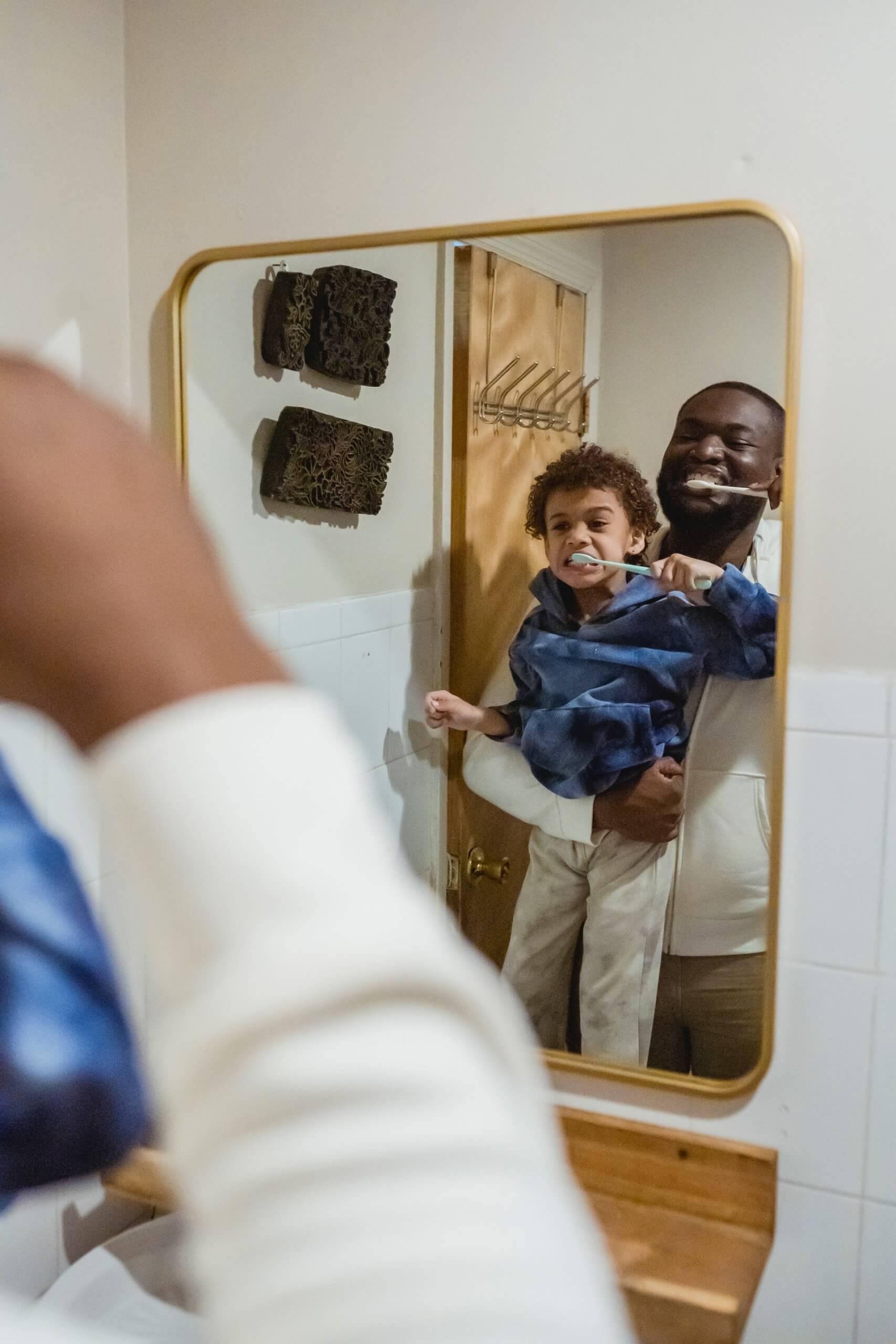
When you’re a new parent, there are tons of new things you have to remember. All of the sudden you have to plan for things like feedings, sleep schedules, school, motor development, and doctors appointments to name just a few. Not to mention pediatric dental appointments.
Well, we may not be able to help you plan out your child’s first words, but we can definitely help you plan when your child should see a dentist and how often. This comprehensive Pediatric Dental Roadmap will provide an easy to grasp timeline for all of your child dental appointments for the first few years of their lives.
How to choose a pediatric dentist
Before we get to the Pediatric Dental Roadmap, you’re going to need a little more information about how to choose the right pediatric dentist for your child. The first few dental appointments for your child can have a lasting effect on how they view the dentist for years to come. You’ll want to make sure that you can give them the best experience possible.
When you’re trying to choose the right pediatric dentist, ask yourself the following questions:
- What is their policy on sedation?
- Is the office warm and welcoming?
- What is the experience level of the dentists themselves?
- What do other patients have to say about them?
Remember, the first few dental appointments your child will experience can have a lasting impact on them so choose wisely.
The Pediatric Dental Roadmap
All of these timelines are of course relative. Not every child will develop at the same rate. If your child doesn’t fit into these timelines exactly, don’t be worried. You can always call and ask one of our pediatric dentistry experts any questions you might have.
Age 0 – 12 months: 1 appointment
You can always take them at a younger age, but most pediatric experts recommend taking your child within 6 months of them getting their first tooth. If their first tooth hasn’t come through before they turn one, we recommend scheduling an appointment anyway to make sure things are developing normally.
Age 1 – 2 years: 2 appointments
The American Academy of Pediatric Dentistry recommends that children start seeing a dentist every six months after their first visit. Consider these first few appointments hygiene checks for your child and educational experiences for parents. From ages 1-2, the dentist is evaluating if your child’s brushing technique is effective or not and keeping an eye out for any major issues that may come up in the future.
Age 2 – 3 years: 2 appointments
Your child’s dentist will most likely take x-rays of your child’s dental structure so they can monitor their developmental growth. Between ages 2-3 is often when the first signs of cavities, irregular alignment or tooth decay start to show. Regular x-rays can help both you and your dentist identify the best treatment possible.
Age 3 – 5 years: 4 appointments
By this point, your child should have a full set of teeth along with a diversified diet. What your child eats will start having a greater impact on their dental health so regular cleanings will be even more important than ever. Your dentist will also most likely continue to perform regular x-rays.
Age 6 – 8 years: 4 appointments
Around age 6, your child should be able to switch to a fluoride based toothpaste. Dentally, speaking, this is an especially exciting time for your child. They will most likely be experiencing their first loose tooth, getting their first molars, and growing their first adult teeth. Along with all those firsts, your child may experience more mouth pain than they are used to. Monitor their pain levels and if it gets too bad, contact your pediatric dentist.
Age 8 – 10 years: 4 appointments
Get ready for more loose teeth. This is the age of those classic missing teeth school photos. As your child’s baby teeth start to fall out more frequently, pay particular attention to how much the gums bleed. Too much bleeding can be an early sign of gingivitis or other more severe forms of gum disease.
When in doubt, give us a call
The internet is full of opinions and not all of them are pediatrician recommended. If a situation comes up and you’re not sure what to do, we recommend contacting an expert directly. If your child is experiencing severe pain, abscess, trauma or other emergency needs, contact Pediatric Smiles of Orem immediately on our emergency hotline by calling 801-709-3969 and we will get them in for the treatment they need.

